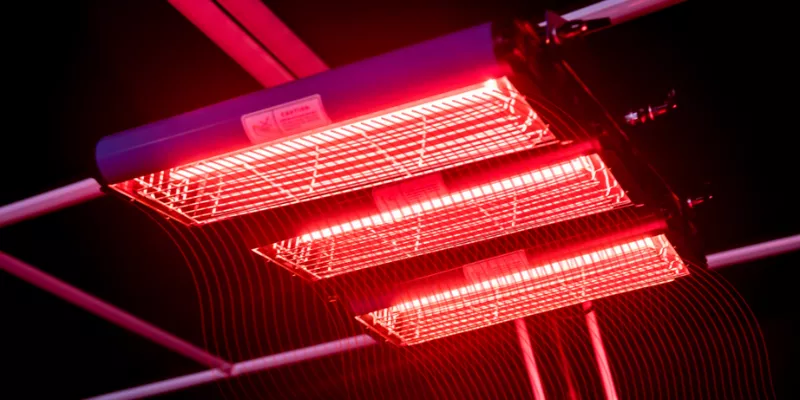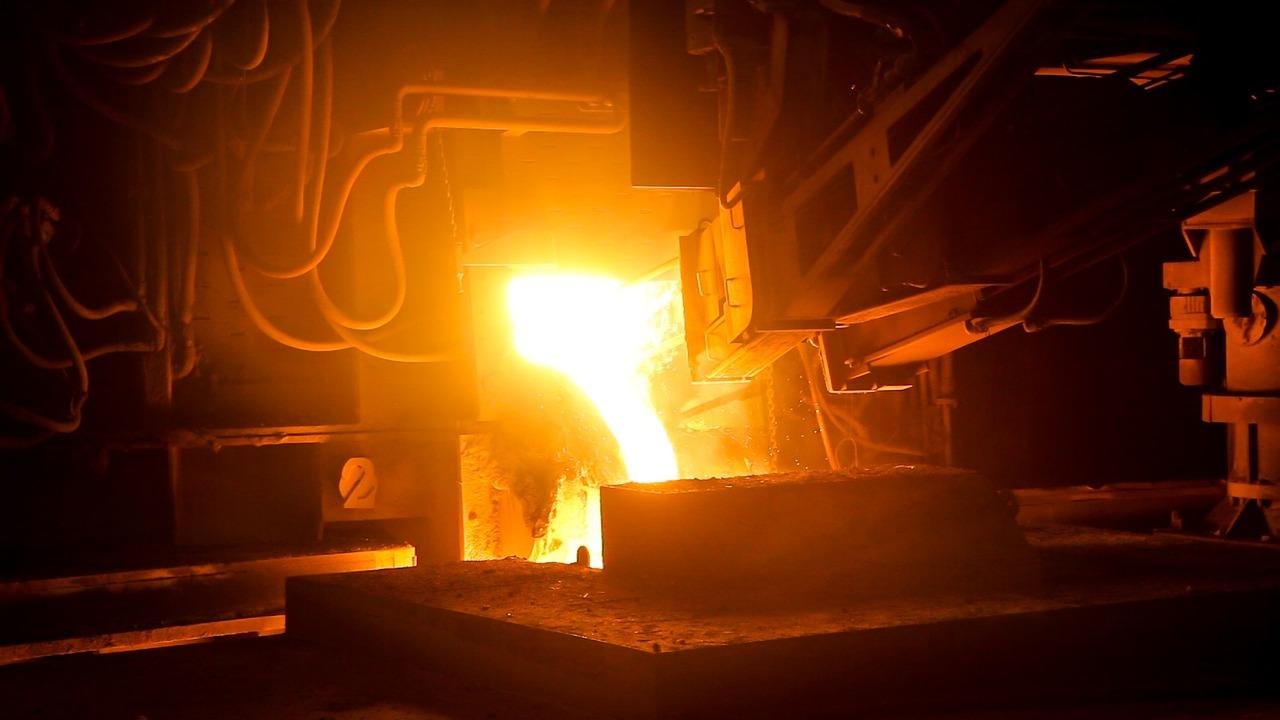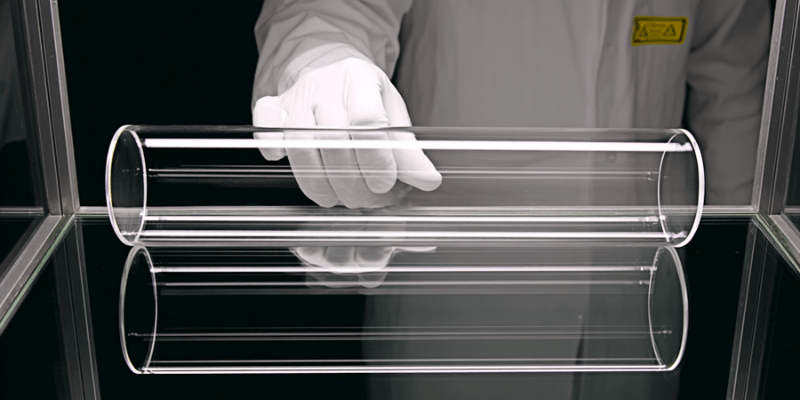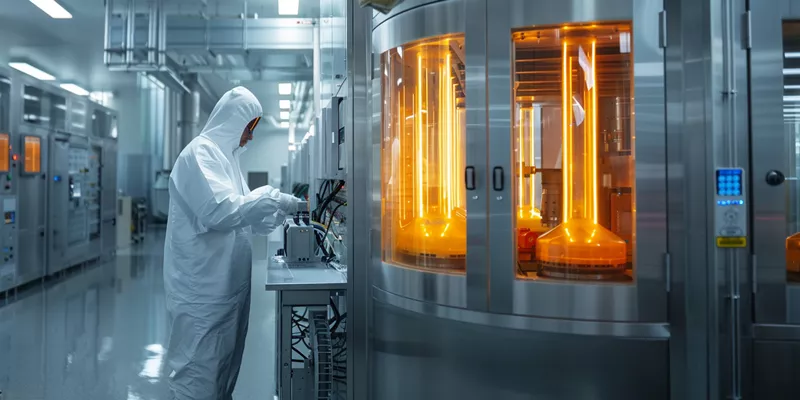
Чистота SiO₂ играет решающую роль в работе нагревательных элементов кварцевых трубок. Даже незначительное изменение чистоты изменяет устойчивость к девитрификации, инфракрасное излучение и срок службы, особенно при высокой температуре или интенсивной плотности мощности. Коммерческие кварцевые трубки часто достигают 99,99% или более высокого содержания SiO₂, как показано ниже:
Уровень чистоты | Приложение |
|---|---|
99.99%+ | Использование полупроводников |
Инженеры и покупатели, которые понимают, как уровень чистоты влияет на технические результаты и долгосрочные затраты, делают лучший выбор материала для сложных применений.
Основные выводы
Чистота SiO₂ не менее 99,99% необходима для кварцевых трубок, чтобы предотвратить девитрификацию и обеспечить длительный срок службы.
Металлические примеси снижают температуру кристаллизации, уменьшают механическую прочность и снижают инфракрасное пропускание, что приводит к увеличению затрат на электроэнергию.
Низкое содержание гидроксила (OH) в кварце улучшает инфракрасное излучение, повышая эффективность обогрева и снижая потери энергии.
Инженеры должны использовать такие стандарты тестирования, как ICP-MS и FTIR, для проверки чистоты кварца и обеспечения оптимальной производительности в высокотемпературных приложениях.
Выбор премиальных сортов кварца позволяет значительно снизить общие эксплуатационные расходы за счет минимизации потерь энергии и сокращения времени простоя.
Какой уровень чистоты предотвращает девитрификацию при высокотемпературном нагреве?
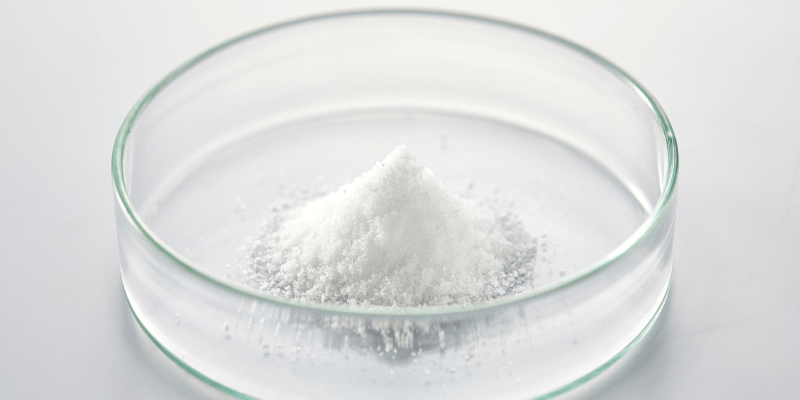
Нагревательные элементы из кварцевых трубок подвергаются экстремальным тепловым нагрузкам во время работы, особенно в промышленных условиях, где температура часто превышает 950°C. Чистота SiO₂ в этих трубках определяет их устойчивость к девитрификации, которая представляет собой нежелательное преобразование аморфной структуры в кристаллическую. Понимание того, почему высокая чистота имеет значение, помогает инженерам выбирать материалы, которые максимально продлевают срок службы и поддерживают стабильную производительность.
Понимание механизмов девитрификации в плавленом кварцевом стекле
Девитрификация происходит, когда плавленое кварцевое стекло переходит из аморфного состояния в кристаллическую фазу под воздействием высоких температур. Этот процесс приводит к появлению микротрещин и снижению механической прочности трубки. Из-за неравномерного охлаждения и смены фаз возникают внутренние напряжения, которые могут привести к разрушению трубки.
Присутствие гидроксильных групп и примесей ускоряет девитрификацию, снижая термическую стабильность нагревательных элементов кварцевых трубок. Эти факторы повышают риск поверхностной кристаллизации, особенно вблизи нагревательных змеевиков, где происходит скачок локальных температур. Со временем девитрификация приводит к снижению инфракрасного пропускания и сокращению срока службы.
Механизм | Описание |
|---|---|
Тепловой стресс при охлаждении | Неравномерное распределение температуры приводит к внутреннему напряжению. |
Напряжение при фазовом переходе | Разница в объеме между фазами приводит к появлению микротрещин. |
Влияние примесей | Гидроксильные группы и загрязняющие вещества способствуют девитрификации и снижают стабильность. |
Как металлические примеси снижают температурные пороги кристаллизации
Металлические примеси, такие как алюминий, натрий, калий, железо и титан, выступают в качестве девитрификационных агентов в нагревательных элементах кварцевых трубок. Эти элементы образуют прочные химические связи в стекле, что затрудняет их удаление и повышает риск кристаллизации. Щелочные металлы, такие как натрий и калий, служат в качестве флюсующих агентов, которые снижают температуру, при которой начинается девитрификация.
Повышенная концентрация этих примесей не только снижает температуру кристаллизации, но и уменьшает механическую прочность трубок. Присутствие этих металлов может увеличить диэлектрические потери и повлиять на оптические свойства, что приведет к снижению срока службы и эффективности. Инженеры должны следить за содержанием примесей, чтобы обеспечить надежную работу в высокотемпературных приложениях.
Ключевые воздействия металлических примесей:
Более низкая температура начала девитрификации
Снижение механической прочности
Снижение инфракрасного излучения
Сокращение срока службы
Требования к чистоте для различных диапазонов рабочих температур
Нагревательные элементы из кварцевых трубок требуют определенного уровня чистоты SiO₂, чтобы выдерживать различные температурные диапазоны. Трубки с содержанием SiO₂ не менее 99,99% могут непрерывно работать при температурах до 1200°C и выдерживать кратковременное воздействие до 1450°C. При более низких уровнях чистоты повышается риск растрескивания, деформации и быстрой девитрификации.
Производители рекомендуют использовать кварцевые трубки с чистотой ≥99,99% для применения при температурах выше 950°C, чтобы предотвратить разрушение структуры и сохранить высокий уровень инфракрасного излучения. Данные TOQUARTZ и промышленных источников показывают, что трубки с такой чистотой сохраняют пропускание более 92% после тысяч часов работы при 1100°C, в то время как трубки с более низкой чистотой разрушаются гораздо быстрее.
Диапазон температур | Рекомендуемый уровень чистоты SiO₂ |
|---|---|
До 800°C | ≥99.99% |
До 1000°C | ≥99.99% |
До 1200°C | ≥99.99% |
Выбор правильного уровня чистоты обеспечивает надежную работу нагревательных элементов из кварцевых трубок, минимизирует время простоя и продлевает срок службы в сложных условиях.
Почему содержание примесей влияет на эффективность инфракрасного излучения?
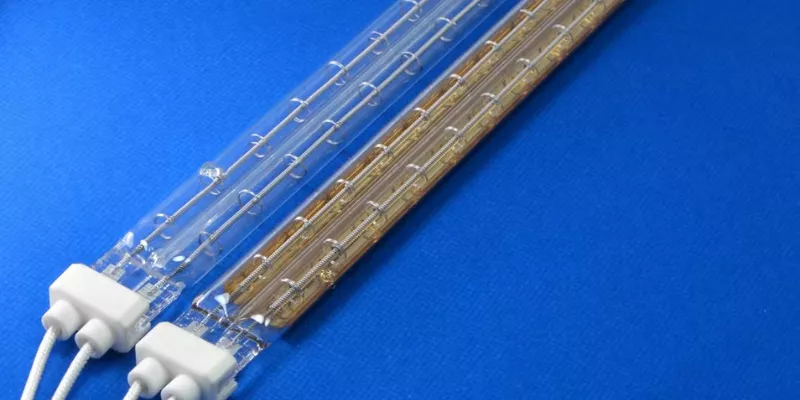
Содержание примесей в нагревательных элементах кварцевых трубок напрямую влияет на то, насколько эффективно они пропускают инфракрасную энергию. Даже небольшое количество металлических или гидроксильных примесей может создавать полосы поглощения, которые блокируют или рассеивают инфракрасное излучение. Понимание того, почему эти примеси имеют значение, помогает инженерам выбрать правильный материал для достижения максимальной эффективности нагрева и увеличения срока службы.
Полосы инфракрасного поглощения, создаваемые обычными металлическими примесями
Металлические примеси, такие как железо, титан и алюминий, создают специфические полосы поглощения в инфракрасном спектре. Эти полосы перекрываются с длинами волн, излучаемых нагревательными катушками, уменьшая количество полезной энергии, проходящей через трубку. Присутствие гидроксильных групп, на которые часто влияют металлические примеси, еще больше увеличивает инфракрасное поглощение.
Разложение пика ИК-поглощения при 3600 см-1 показало, что большинство OH-структур представляют собой "свободный Si-OH" без водородной связи, что указывает на то, что наличие OH-группВлияние металлических примесей на поглощение инфракрасного излучения в кварцевых трубках.
Производителям трудно полностью устранить примеси OH, но более низкие уровни позволяют добиться более высокого ИК-пропускания. Некоторые сорта кварца содержат металлические примеси, образующиеся в процессе производства, которые также могут ограничивать УФ- и ИК-пропускание.
Присутствие примесей OH трудно ограничить, но они являются ключевыми для обеспечения максимального уровня ИК-пропускания. Инфракрасные сорта имеют некоторые металлические примеси при производстве, которые ограничивают их УФ-пропускание.
Основные причины, по которым примеси влияют на ИК-передачу:
Металлические примеси создают полосы поглощения
OH-группы увеличивают ИК-поглощение
Потери при передаче снижают эффективность отопления
Расчет потерь энергии при деградации электропередачи
Energy loss in quartz tubes heating elements occurs when impurities absorb or scatter infrared light. Even a small drop in transmission can lead to significant energy waste over time. For example, a 3-5% reduction in IR transmission can lower delivered energy density and increase operating costs.
Уровень чистоты | Impurity Content (ppm) | Typical Transmission Loss (%) |
|---|---|---|
Сверхвысокая чистота | Up to 5 ppm | <1 |
GE Fused Quartz | Less than 25 ppm | 1-3 |
Standard Commercial | 50-150 ppm | 5-10 |
A production line using 180 kW for heating can waste over 15,000 kWh per month if transmission drops by just 10%. This energy loss translates to thousands of dollars in extra costs each year. Engineers must consider both the initial material cost and the long-term energy savings when selecting quartz tubes.
How Impurity-Induced Absorption Accelerates Over Operating Life
Impurities not only cause immediate transmission loss but also accelerate further degradation during use. As quartz tubes heating elements operate, devitrification and surface deposits increase, especially in tubes with higher impurity content. This process leads to a faster decline in IR transmission and a shorter service life.
Tubes with less than 20 ppm total metallic impurities maintain high energy delivery for thousands of hours. In contrast, tubes with 80-150 ppm impurities can lose up to 25% efficiency within 3,500 hours. Over time, the need for more frequent replacements and higher energy use increases total operating costs.
Summary of impurity effects over time:
Higher impurity content speeds up transmission loss
Service life decreases as absorption increases
Frequent replacements raise maintenance costs
Does OH Content Affect Thermal Properties and Infrared Wavelength Transmission?
The hydroxyl (OH) content in quartz tubes heating elements plays a decisive role in their ability to transmit infrared energy and maintain structural integrity at high temperatures. Engineers often evaluate OH levels to optimize both heating efficiency and tube longevity. Understanding why low-OH quartz performs better helps buyers select the right material for demanding heating applications.
OH Content Impact on 2.7-2.8 Micron Infrared Absorption
Low OH content in quartz glass directly improves infrared transmission, especially in the 2.7-2.8 micron range. This wavelength is critical for many industrial heating processes, including polymer curing and coating applications. Tubes with less than 30 ppm OH content allow more infrared energy to pass through, increasing heating efficiency.
Тип класса | Уровень содержания OH |
|---|---|
Стандарт | < 10 ppm |
Специализированный сайт | < 1 ppm |
Higher OH levels create molecular vibration absorption bands that overlap with the emission spectrum of heating coils. This overlap leads to energy loss and reduced process speed. Engineers choose low-OH quartz to maximize throughput and minimize wasted energy.
Сводные баллы:
Low OH content boosts IR transmission
High OH content increases absorption losses
Efficient heating relies on optimal OH levels
Viscosity Changes and Dimensional Stability at High Temperatures
OH content also influences the viscosity and dimensional stability of quartz tubes heating elements during prolonged exposure to high temperatures. Low-OH quartz maintains its shape and resists sagging, which is vital for horizontal heating arrays and long tube spans. Increased OH content accelerates devitrification and reduces viscosity, making tubes more prone to deformation.
Low OH- content reduces the sag rate at diffusion temperatures, which is important for maintaining dimensional stability.
Increased OH- content leads to a higher rate of devitrification, which negatively impacts dimensional stability.
The viscosity of fused quartz decreases with increasing temperature and OH- content, affecting its flowability.
Dimensional stability ensures consistent energy delivery and reduces maintenance needs. Engineers prefer low-OH quartz for applications where tube deformation could disrupt production or cause costly downtime.
When to Specify Low-OH Electrically Fused vs. Flame Fused Quartz
Choosing between electrically fused and flame-fused quartz depends on the application's temperature and purity requirements. Electrically fused quartz, produced in a vacuum or dry atmosphere, contains less than 30 ppm OH and offers superior resistance to devitrification and deformation. Flame-fused quartz, made in a hydrogen/oxygen flame, typically has 150-200 ppm OH, which limits its use at higher temperatures.
Тип кварца | Содержание OH | Max Use Temp | Deformation Resistance |
|---|---|---|---|
Electrically Fused | < 1 – 30 ppm | Высокий | Strong |
Flame Fused | 150 – 200 ppm | Умеренный | Нижний |
Low-OH electrically fused quartz is ideal for heating element applications that demand high purity, maximum use temperature, and long service life. Engineers specify this material to ensure reliable performance and minimize replacement cycles.
What Testing Standards Verify Quartz Purity and Optical Performance?
Engineers rely on strict testing standards to ensure quartz tubes heating elements meet demanding performance requirements. These standards help verify purity, detect impurities, and confirm optical properties before installation. Understanding why each test matters allows buyers to select the right material for their application and avoid costly failures.
ICP-MS Analysis Requirements for Metallic Impurity Quantification
Manufacturers use ICP-MS (Inductively Coupled Plasma Mass Spectrometry) to measure metallic impurities in quartz. This method detects trace elements at very low concentrations, which is essential for high-purity applications. ICP-OES (Optical Emission Spectroscopy) also serves as a reliable tool for impurity analysis.
ICP-MS requires careful sample preparation, often involving specific digestion techniques to dissolve quartz for accurate measurement. These tests identify metals like iron, aluminum, sodium, and potassium, which can lower the devitrification threshold and reduce service life. By quantifying impurities, engineers can compare material grades and select quartz that meets strict purity standards.
ICP-MS detects trace metallic impurities
Sample digestion ensures accurate results
Низкий уровень примесей продлевает срок службы труб
FTIR Spectroscopy for OH Content and Absorption Band Detection
FTIR (Fourier Transform Infrared) spectroscopy helps identify hydroxyl (OH) content and other absorption bands in quartz. Engineers use FTIR to analyze the O-H stretching region around 3500 cm-1, which reveals the presence of hydrous defects. The absence of significant absorption bands in this region indicates low OH content, which is ideal for high-temperature use.
FTIR also detects specific defects, such as AlOH, LiOH, and BOH, by their unique absorption bands. These defects can impact infrared transmission and heating efficiency. By understanding why FTIR results matter, buyers can choose quartz with optimal optical properties for their process.
Defect Type | Absorption Band (cm⁻¹) | Воздействие |
|---|---|---|
AlOH | 3310, 3378, 3430 | Reduces IR transmission |
LiOH | 3470–3482 | Increases absorption |
BOH | 3595 | Affects heating uniformity |
ASTM E903 Transmission Testing Across Infrared Heating Wavelengths
ASTM E903 sets the standard for measuring infrared transmission in quartz tubes. This test evaluates how much IR energy passes through the material across the 2.5–10 micron range, which is critical for heating element performance. High transmission values confirm that the quartz will deliver energy efficiently to the target.
Engineers use ASTM E903 results to compare premium, standard, and flame-fused grades. Premium grades show over 95% transmission at peak wavelengths, while lower grades may fall below 85%. By understanding why these results matter, buyers can balance energy efficiency, replacement frequency, and downtime costs.
High IR transmission means better efficiency
Premium grades reduce energy waste
Testing guides cost-effective material selection
What Material Grade Selection Criteria Optimize Cost-Performance Balance?
Selecting the right material grade for quartz tubes heating elements is essential for balancing performance and cost. Engineers must consider not only the initial price but also long-term efficiency, maintenance, and downtime. Understanding why each grade performs differently helps buyers make informed decisions for their specific applications.
Premium vs. Standard Electrically Fused Quartz Performance Comparison
Premium electrically fused quartz offers higher purity and lower hydroxyl content than standard grades. This difference results in better resistance to devitrification, higher infrared transmission, and longer service life. Premium grades maintain over 95% direct infrared emission, while standard grades may show slightly lower values.
The performance gap becomes more apparent in demanding environments. Premium quartz heats up quickly, reaching full output in as little as 30 seconds, and cools down to 50% output in under 15 seconds. These fast response times allow operators to turn off elements between production runs, saving energy and reducing wear.
Key performance advantages of premium grades:
Faster heat-up and cool-down times
Higher direct infrared emission
Longer operational life
Total Cost of Ownership Calculation Including Energy and Downtime
Total cost of ownership includes more than just the purchase price. Energy efficiency and downtime play major roles in long-term expenses. Clear quartz tubes heating elements deliver up to 95% direct infrared energy, minimizing wasted power and lowering monthly utility bills.
Downtime costs can add up quickly in industrial settings. Quick delivery and replacement options for premium grades help minimize production interruptions. When elements heat and cool rapidly, operators can pause equipment between jobs, further reducing energy use.
Характеристика | Чистый кварц | Satin Quartz |
|---|---|---|
Infrared Energy Emission | 95% direct IR radiation | 35% absorbed, longer wavelength |
Heat Up Time | Full output in 30s | Н/Д |
Cool Down Time | 50% output in under 15s | Н/Д |
Efficient material selection reduces both energy and downtime costs, leading to significant savings over the equipment’s lifetime.
Application-Based Decision Framework for Material Grade Selection
Engineers use a structured framework to select the optimal quartz material grade for each application. This process ensures that the chosen material meets all technical and operational requirements. The framework evaluates optical, thermal, and chemical properties, as well as supplier reliability.
Шаг | Фокус оценки | Стандарт приемки | Измерение / Ссылка |
|---|---|---|---|
1 | Identify optical/thermal | ISO 9050 / ASTM E228 | CTE ≤ 0,55 × 10-⁶/K |
2 | Проверьте однородность стен | SEMI E172 | Допуск ±0,5 мм |
3 | Confirm purity/bubble class | ICP & Visual | OH- ≤ 50 ppm, ≤ B3 |
4 | Validate chemical resistance | Тест на устойчивость к ВЧ-излучению | Потеря <0,5 мг/см² |
5 | Review supplier capability | Аудит CPK | ≥1.67 |
6 | Establish cleaning/retirement | Отслеживание СОП | 2000 ч или T(350 нм) -8% |
This decision framework helps ensure that each installation achieves the best balance of performance, reliability, and cost.
SiO₂ purity directly shapes the performance and service life of quartz tubes heating elements. High purity and low OH content help maintain thermal stability and energy efficiency in demanding environments. To achieve reliable results, engineers should reference key industry standards:
SiO₂ purity of at least 99.9%
Thermal stability above 1,050°C
Compliance with ISO 9001, SEMI F57, and RoHS
Selecting materials based on these criteria ensures optimal operation and reduces long-term costs.
ЧАСТО ЗАДАВАЕМЫЕ ВОПРОСЫ
Why does SiO₂ purity matter for heating element tube service life?
High SiO₂ purity prevents devitrification and maintains infrared transmission. Tubes with ≥99.98% purity last longer and resist structural failure.
Совет: Engineers choose high-purity quartz to reduce downtime and replacement costs.
How do metallic impurities affect infrared heating efficiency?
Metallic impurities create absorption bands that block infrared energy. This reduces heating efficiency and increases energy costs.
Key effects:
Lower transmission
Higher energy waste
Shorter tube lifespan
What is the difference between electrically fused and flame-fused quartz?
Electrically fused quartz contains less OH and fewer impurities. It resists deformation at high temperatures and maintains better infrared transmission. Flame-fused quartz has higher OH content, which limits its use in demanding applications.
How can buyers verify quartz tube purity?
Buyers use ICP-MS to measure metallic impurities and FTIR to check OH content. ASTM E903 tests infrared transmission.
Тест | Назначение |
|---|---|
ICP-MS | Impurity detection |
FTIR | OH analysis |
ASTM E903 | IR transmission |
Why should engineers consider total cost of ownership when selecting quartz tubes?
Total cost includes energy efficiency, replacement labor, and downtime. Premium quartz reduces energy waste and replacement frequency, saving money over time.
Примечание: Long-term savings often outweigh initial material costs.


